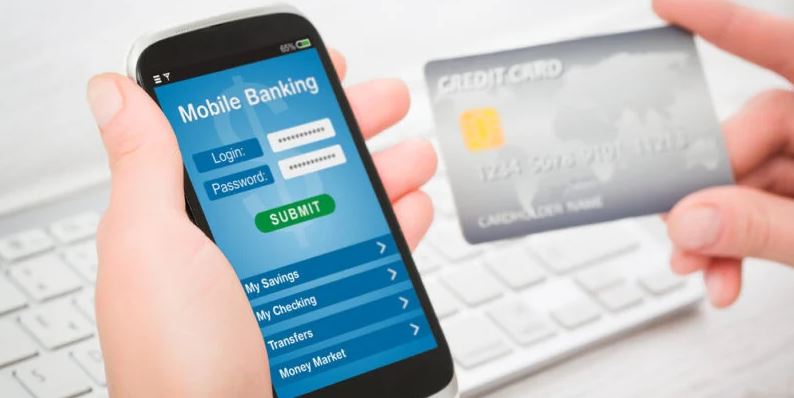
Mobile banking is on the rise. As consumer expectations evolve, providing people with the ability to execute transactions and other banking activities using mobile applications on a smartphone or tablet has become table stakes for banks and other financial institutions.
With more banking activities becoming available outside of physical branches, consumers are increasingly turning to mobile banking solutions to manage their money. With an estimated 169.3 million mobile banking users in the U.S., most Americans view these new digital banking solutions as the “new normal” for managing their financial lives, and 80% believe they can now manage their money entirely without a bank branch, instead favoring contactless digital solutions.
But what is prompting this shift in consumer expectations? Mobile innovations that enhance the user experience. Whether viewing account balances, making payments, or depositing checks, mobile banking apps make banking increasingly convenient and similarly secure to traditional brick-and-mortar banking while also delivering additional features that promote financial well-being.
By providing a high-quality in-app user experience (UX) that better nurtures customer relationships and expectations, banks can drive improved consumer engagement, build a competitive advantage and gain an increased market share.
Ways Mobile Banking Apps Improve the User Experience
Providing Convenience to Simplify Financial Lives
The most obvious benefit of mobile banking is anytime access to your bank account, regardless of location. Mobile banking apps implement know-your-customer (KYC) guidelines, so customers can seamlessly open a new account within minutes using just their smartphone, an ID, and social security number.
For consumers, mobile apps eliminate the inconvenience of driving to an in-person branch and wasting time waiting in line to cash a check, make a transfer, pay a bill or make a deposit. Simple, convenient banking apps also enable users to invest within minutes and be approved for a loan or early payday with just a few clicks.
Enhancing Security
Since financial account information is among the most sensitive personal data that exists, security is of critical importance. Preventing identity theft and financial fraud is paramount for banks, and mobile apps allow customers to customize their security settings.
Biometric security implementations like two-factor authentication, fingerprint scanning, and facial or voice recognition help banks meet user expectations for data privacy and security.
Enabling Custom Personalization
Finally, customers can stay on top of their finances by setting up in-app alerts for minimum balance requirements, bills due, transaction notifications, automatic transfers, geolocation, etc. Each user is unique and prefers that banks use their personal data to understand their individual preferences and goals and deliver personalized interactions and communications that empower them to achieve their financial goals.
High Tech + High Touch = Optimal User Experience
When it comes to mobile banking, it all starts with the high-tech app and ends with the marriage of a user’s financial worlds — banking, payments, investments, financial goals, and beyond — to make money management as easy as possible. By consolidating all of a user’s financial information in one unified place, mobile banking apps provide users with a holistic view of their financial well-being and equip them with connected tools to manage their personal financial well-being and track progress toward their goals.
A focus on in-app user experience innovation has helped forward-thinking banks and financial institutions on the cutting edge establish a better market position. However, some banks and financial institutions continue to lag behind the digital transformation and haven’t yet realized the myriad benefits of enhancing the UX via mobile banking. Fortunately, there are options for these laggards. They can either create their own mobile app, which is incredibly challenging because of how they’re structured, or they can partner with a fintech organization to fulfill customers’ needs and shape the future of finance. While the increased focus on the mobile banking UX has helped some institutions, it ignores another critical factor: the human touch.
By combining digital and human experiences, and providing real people to talk to in the event of an issue, mobile banking apps enhance the convenient mobile banking experience with a personal connection.
At the end of the day, banks need to prioritize the UX to meet constantly changing customer expectations. Users increasingly expect not only more convenience and flexibility and better security from their mobile app but also more custom-tailored services and high-touch banking experiences. Mobile banking will continue to excel at simple, transactional activities, and the banks that enhance those digital experiences with the human touch can help ensure those behaviors stick over the long term.
The original content of the note was published on Rtinsights.com. To read the full note visit here